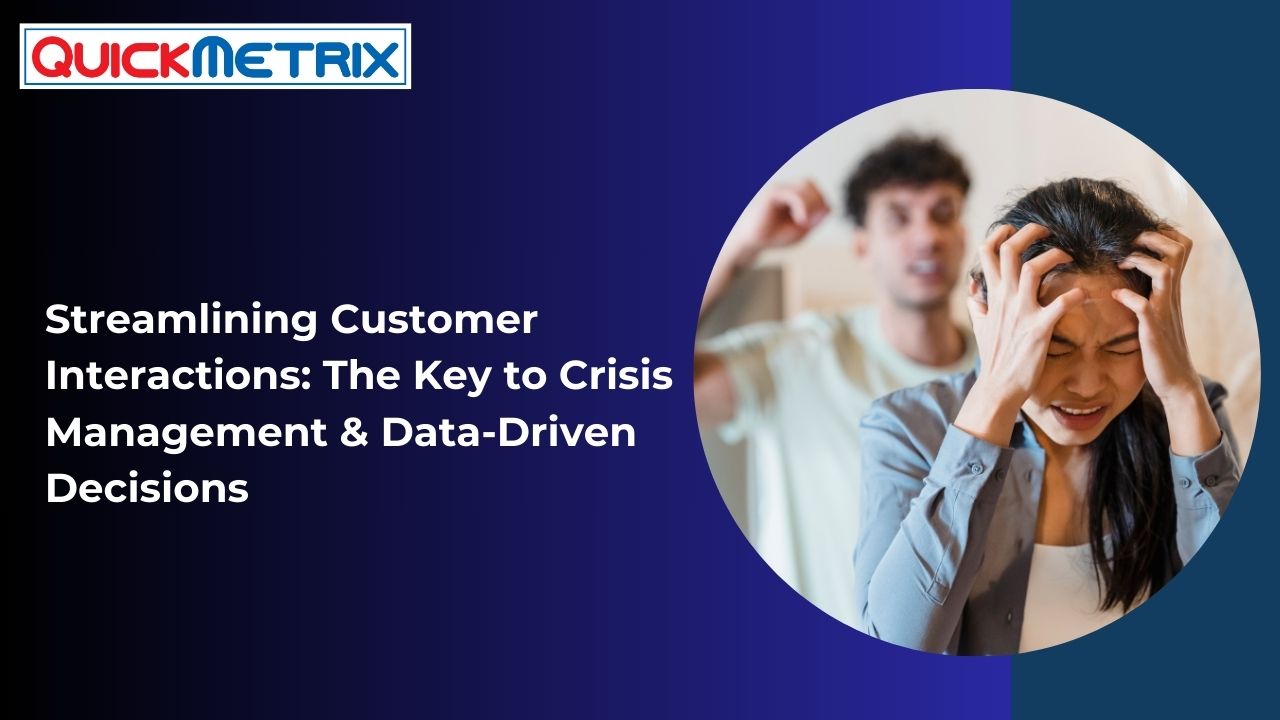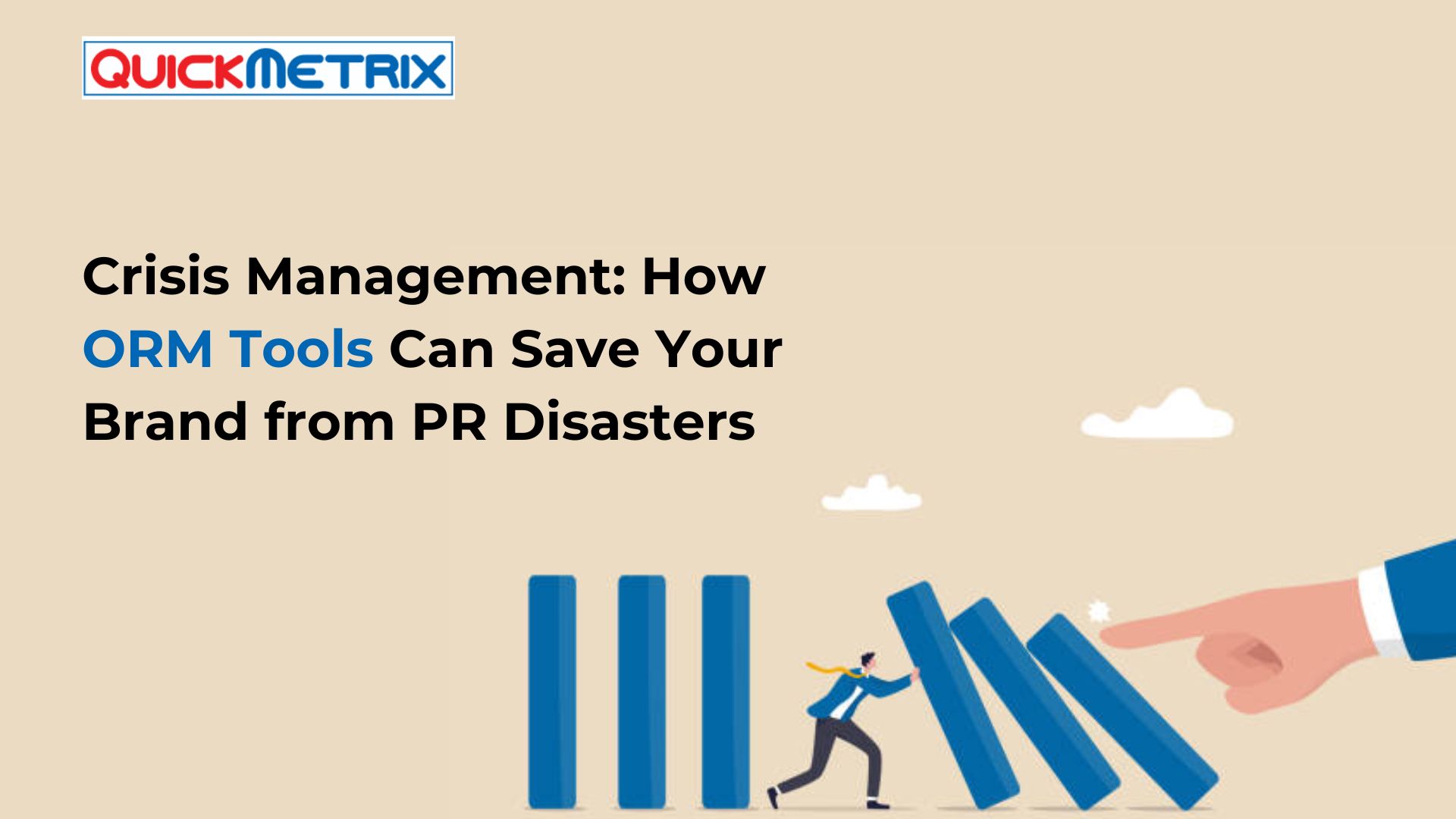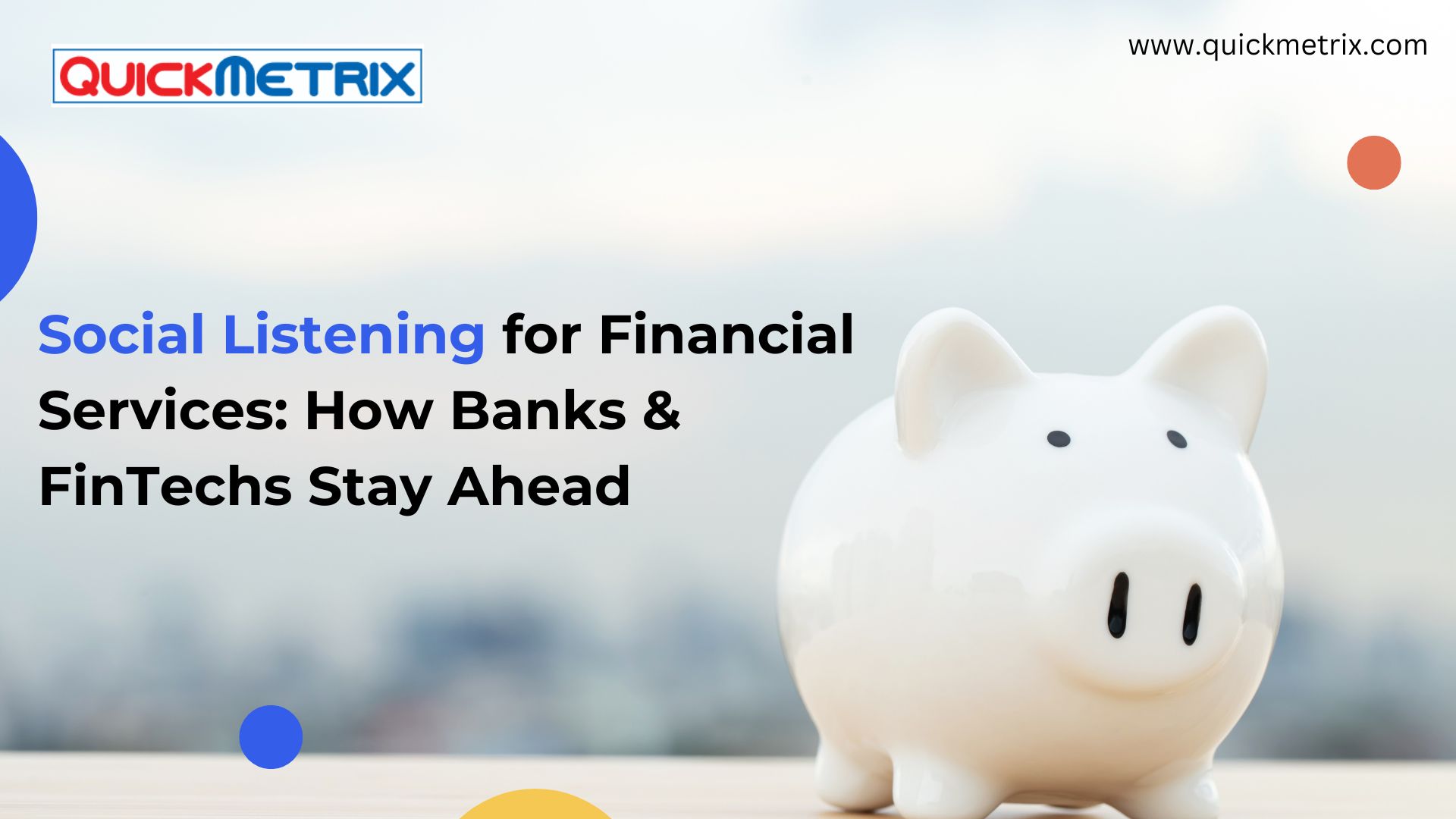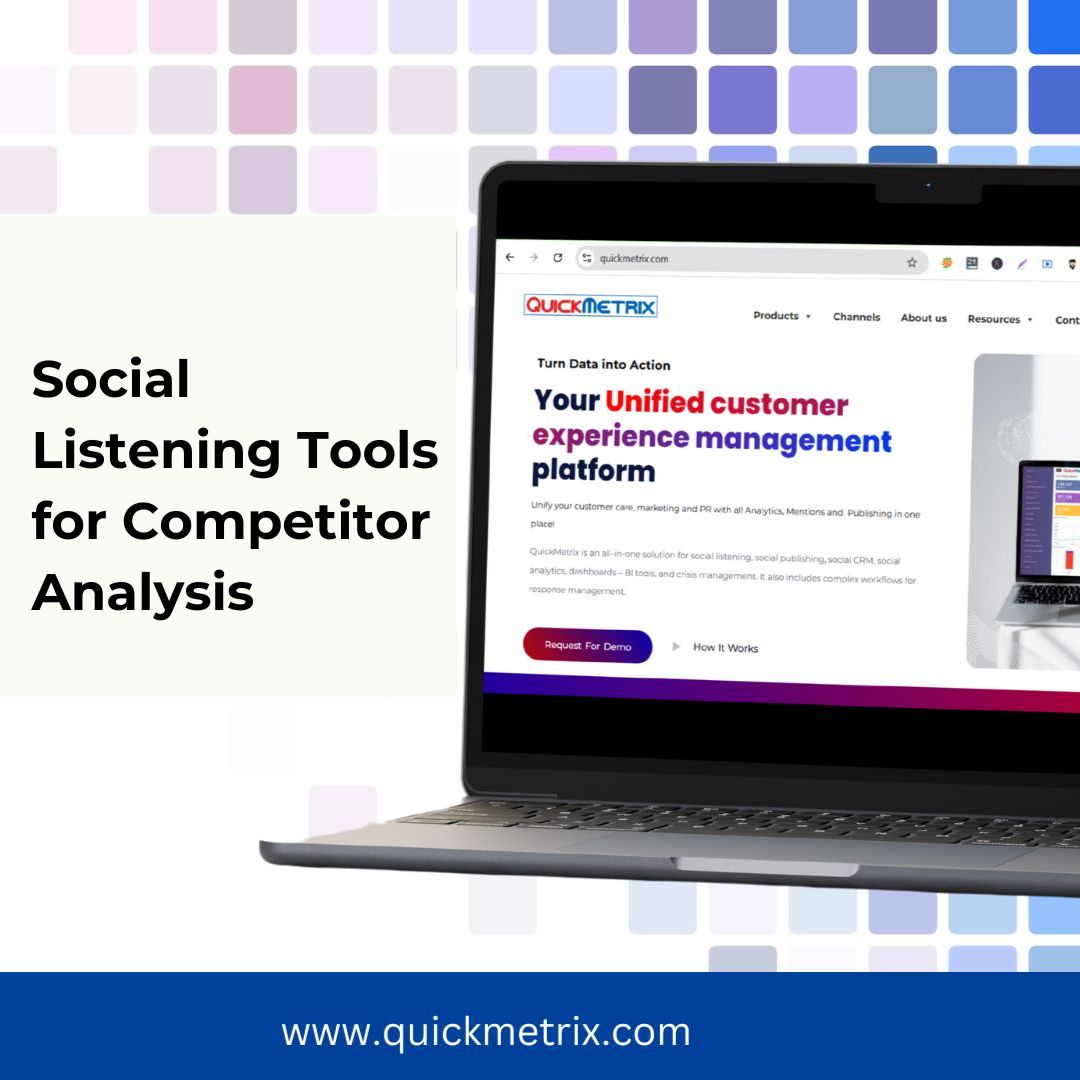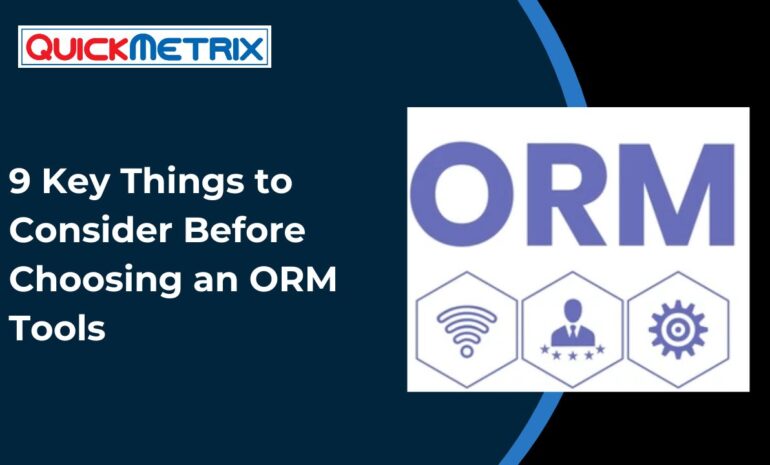Introduction
In today’s hyper-connected world, a single unresolved tweet or an ignored online review can quickly snowball into a full-blown reputation crisis. For brands, staying on top of every customer mention, across every platform, has become mission-critical. That’s where Online Response Management ORM tools step in — helping brands monitor, manage, and respond to conversations in real-time.
But with countless tools flooding the market, how do you know which one is the right fit for your business?
Here’s a practical checklist of what brands should consider before choosing an ORM tool.
1. Identify Your Core Challenges
Before diving into features and pricing, ask yourself: What are we trying to solve?
Are we missing customer complaints on social media?
Are response times affecting our brand reputation?
Is there confusion among teams handling customer responses?
Clarifying your pain points will help you pick a tool tailored to your needs — not just a shiny dashboard.
2. Multi-Channel Integration Your customers are talking across platforms — Instagram, Twitter, Facebook, YouTube, review sites, emails, forums, and more.
A powerful ORM tool should help you:
Track and respond from one central dashboard
Integrate with social platforms, CRMs, email, and review websites
Manage DMs, comments, and tagged or untagged mentions
Look for tools that give you complete visibility — not just fragments.
3. Workflow Automation & Team Collaboration Managing thousands of conversations manually? Not sustainable.
An efficient ORM tool should:
Automatically assign tickets to relevant agents or teams
Set SLAs (Service Level Agreements) and escalate overdue responses
Tag and prioritize conversations based on urgency or sentiment
This keeps your team focused and customers happier.
4. Smart Analytics & Reporting Insights matter as much as interactions.
Make sure your ORM tool provides:
Real-time dashboards with KPIs like response time, resolution rate, and customer sentiment
Customizable reports for different stakeholders
Historical data to track brand health over time
Data-driven decisions start with the right metrics.
5. User-Friendly Interface If it takes a week to train your team, it’s probably too complicated.
Choose a tool with:
A clean, intuitive interface
Easy onboarding and guided workflows
Minimal learning curve for new users
You want your team spending time responding to customers, not learning software.
6. Security & Scalability As your brand grows, your ORM tool should grow with you.
Check for:
GDPR compliance and data security standards
Role-based access and permissions
Cloud infrastructure to handle scale and uptime
Peace of mind starts with strong foundations.
7. Peer Reviews & Case Studies You’re not alone in this search — others have been here too.
Explore:
Testimonials from similar industries
Success stories and case studies
Independent reviews on platforms like G2 or Capterra
Learn from their wins (and mistakes).
8. Transparent Pricing & Support Budgeting for an ORM tool shouldn’t feel like solving a puzzle.
Consider:
Transparent pricing models (per user, per ticket, or flat fee)
Free trials or demos
Quality of customer support (live chat, onboarding, help docs)
Great support today = smooth operations tomorrow.
9. All-in-One Capability vs. Specialized Tools Some tools do just ORM. Others offer ORM, plus social listening, publishing, and analytics.
Depending on your needs, an all-in-one platform can:
Save costs on multiple tools
Offer richer insights across the customer journey
Make it easier for cross-functional teams to collaborate
Final Thoughts Choosing the right ORM tool is not just about handling responses — it’s about protecting and elevating your brand. With the right platform, you don’t just react to conversations, you shape them.
Looking for an ORM tool that combines social listening, analytics, and multi-channel response management?
Book a demo with QuickMetrix today — and start managing your brand reputation the smart way.
Contact us for Quick Demo
Top Social Listening Tools in 2025: Why QuickMetrix Deserves Your Attention
In the world of digital marketing, conversations are currency. ...
Read More9-key-things-to-consider-before-choosing-an-best-orm-tool (Online response management tools)
IntroductionIn today's hyper-connected world, a single unresolved tweet or ...
Read MoreStreamlining Customer Interactions: The Key to Crisis Management and Data-Driven Decisions
Streamlining Customer Interactions: The Key to Crisis Management and ...
Read MoreCrisis Management: How ORM Tools Can Save Your Brand from PR Disasters
Understanding Crisis Management in the Digital AgeDefinition and Importance ...
Read MoreSocial Listening for Financial Services: How Banks & FinTechs Stay Ahead
Introduction to Social Listening in Financial Services Definition ...
Read MoreThe Journey of QuickMetrix: Insights from Surendra Baliga on Building a Successful SaaS Business
The entrepreneurial journey is often filled with challenges, learning ...
Read MoreMastering the Market: How to Use Social Listening Tools for Real-Time Competitor Analysis
1. Introduction to Social Listening Tools1.1 What is Social ...
Read MoreHow to Get the Most Out of Social Listening Tools and Why Businesses Invest in Them
How to Get the Most Out of Social Listening ...
Read More

